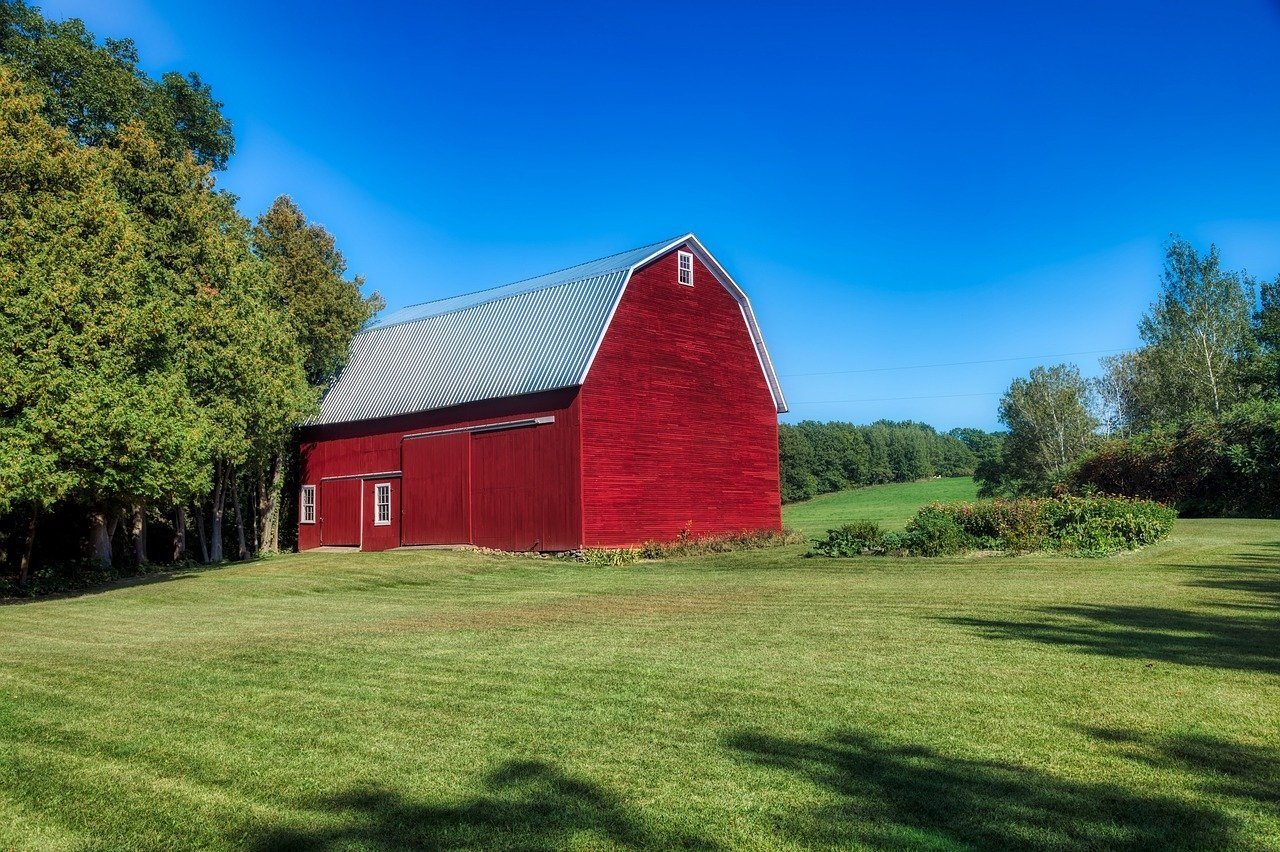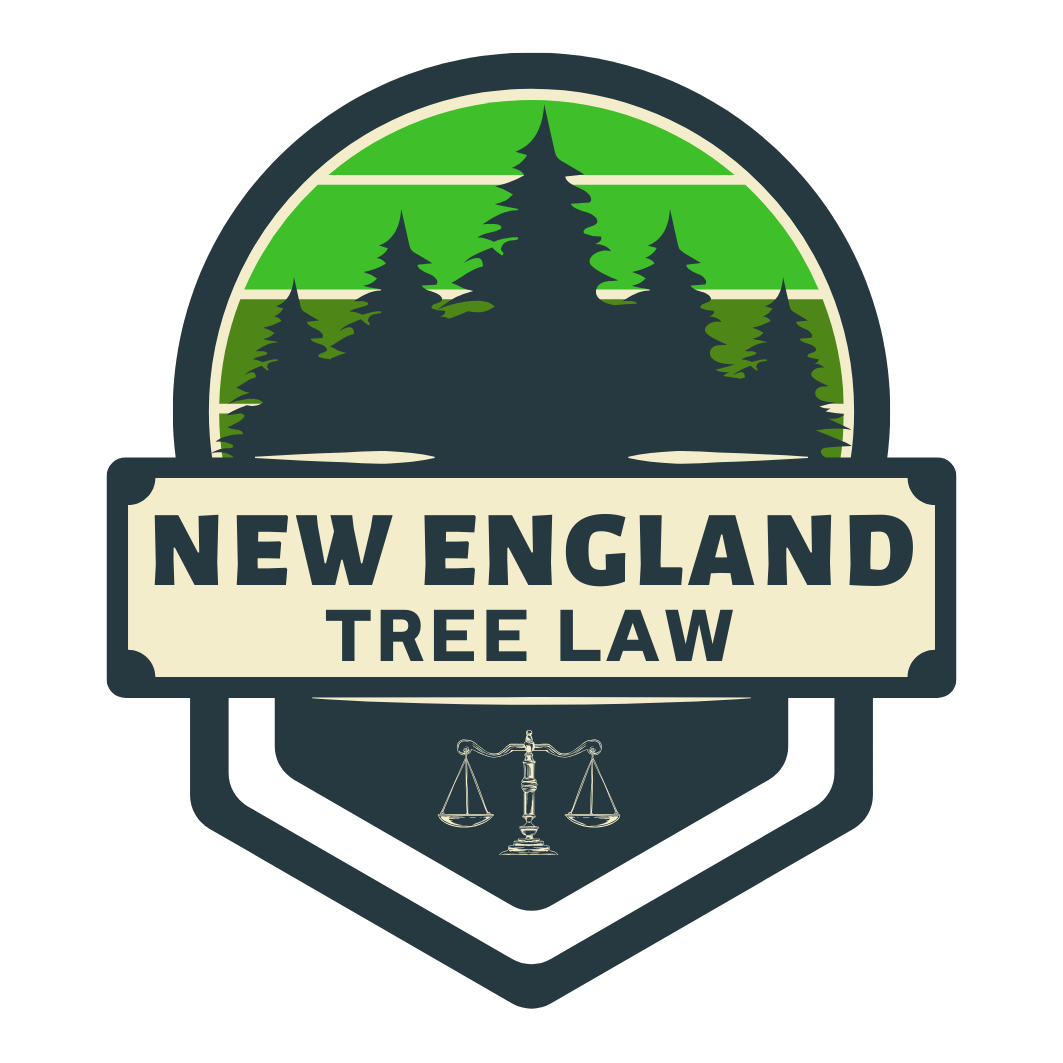
Vermont
Vermont Timber Trespass
Vermont is nicknamed the “Green Mountain State” and is famous for its skiing, hiking, quaint villages, and bucolic landscape. The “green mountain” in Vermont’s nickname emphasizes how central its forest-covered peaks are to the state’s identity. Almost eighty percent of Vermont is covered by trees. Unlike some other states in the Northeast, Vermont’s tree stock has stayed level or even increased over the past several years.
The laws of Vermont provide significant legal protections to tree owners. This protection is befitting given the importance of maintaining the state’s rural character and environmental integrity. This article will discuss the concept of “timber trespass” and explain how Vermont law treats lawsuits and other claims involving timber trespass.
What is timber trespass?
Timber trespass is the legal term used when one person cuts down another person’s trees without permission. There are two primary examples of timber trespass. The first is intentional timber theft: a person or business (usually a logger or other actor with a profit motive) knowingly trespasses onto a property to clear cut the timber and sell it to a lumber mill. Intentional timber theft is uncommon, but does occur in Vermont. Because the state has large expanses of undeveloped property, unscrupulous loggers sometimes feel that they can get away with logging a lot without permission and escape undetected.
A more common type of timber trespass is unintentional or accidental. This most often occurs in a residential setting. In a typical scenario, one property owner decides to clear trees from their backyard or side yard. They hire a tree service or other contractor to cut down the trees. Trouble then arises because the property owner or tree service accidentally crosses the boundary line of a neighboring property owner and cuts down that neighbor’s trees.
Usually accidental timber trespass occurs because the offending neighbor does not get a property survey done before beginning their cutting operations. The neighbor may rely instead on their own mistaken belief about where the property line is, either based on their incorrect interpretation of a plot plan or deed, or because of existing “boundaries” (like a fence or stone wall) which they incorrectly assume are the deeded property line.
Timber trespass is unlawful even when it is an honest mistake. Although it is only a criminal offense in rare instances, Vermont statute still makes unintentional timber trespass a civil violation. But the nuances of a tree-cutting lawsuit, including the amount of compensation, can be complicated.

Liability for wrongful tree-cutting: the Vermont Timber Trespass Statute
The Vermont timber trespass statute is found at 13 V.S.A. § 3606. The statute does not create a cause of action, but rather supplies the remedies for actions already available under the common law. Alvarez v. Katz, 124 A.3d 839, 845 (Vt. 2015). The statute reads:
In addition to any other civil liability or criminal penalty allowed by law, if a person cuts down, fells, destroys, removes, injures, damages, or carries away any timber . . . without permission from the owner of the timber . . . the party injured may recover of such person, in an action on this statute, treble damages for the value of the timber or forest product, and any damage caused to the land or improvements thereon as a result of such action. . . .
The statute, however, does provide an exception from the general rule of “treble” (or triple) damages:
If the defendant in an action [under the timber trespass statute] establishes by a preponderance of the evidence that he or she had good reason to believe that the timber or forest products belonged to him or her, or that he or she had a legal right to perform the acts complained of, the plaintiff shall recover single damages only, with costs.
In summary, the statute provides a default rule that a perpetrator of a timber trespass is required to pay triple damages under the statute. However, the statute reduces that figure to single damages if the defendant establishes that they had “good reason to believe” that the trees being cut were theirs (or that they otherwise had the legal right to cut them).
Importantly, for a defendant to reduce an award to single damages from triple damages, the defendant has the burden of showing that they had a “good reason” to believe the trees were theirs. This is an objective standard, meaning the defendant’s subjective belief is irrelevant. Ripchick v. Pearsons, 109 A.2d 347, 352 (Vt. 1954). The dispositive inquiry is whether a “reasonable person” in the defendant’s shoes would have believed they had the right to cut down the trees. So an “innocent” tree-cutter who did not “mean” to do anything wrong could still be liable for triple damages if they were negligent or reckless in failing to ascertain the property line before commencing their cutting activities.
Damages for timber trespass: What is a tree worth?
The Vermont Supreme Court has recognized that “damages under 13 V.S.A. § 3606 vary with the kind, condition, location, and use of the damaged trees.” Pion v. Bean, 833 A.2d 1248, 1257 (Vt. 2003). Ultimately, the goal of the timber trespass statute is to provide “full compensation for landowners whose trees are taken or destroyed by another.” State v. Singer, 904 A.2d 1184, 1189 (Vt. 2006).
For trees intended to be logged as timber, the appropriate measure of damages may be the “stumpage” value of the cut timber as marketable logs. Lavalette v. Noyes, 205 A.2d 413 (Vt. 1964). Depending on the circumstances, however, market value of the tree may not be sufficient to “make whole” the victimized landowner. For example, the market value of a single sugar maple tree on a residential house lot may be minimal, but the harm to the landowner may be great because of the tree’s value for privacy, comfort, shade, aesthetics, or other reasons. Singer, 904 A.2d at 108-09.
Therefore, in residential contexts, the correct measure of damages is likely to be replacement or restoration cost. See Pion, 833 A.2d at 1257. Replacement and restoration damages help “make whole” an injured landowner by calculating how much it would cost to replace the damaged/cut tree with a tree of the same size, species, and condition. If a tree is valued for its privacy and ornamental benefits, the only way to fully compensate the tree owner is to restore a new tree in the same condition. Replacement and restoration damages seek to accomplish that goal.
Large trees can be very expensive to replace. In one case, a Vermont court found that two sugar maple trees had a value of more than $53,000. This amount was trebled under the statute to $161,000. In another case, a jury awarded a Vermont resident $100,000 in compensatory damages when a neighbor cut several of his trees. The court then tripled that damages award to $300,000. Shahi v. Madden, 949 A.2d 1022 (Vt. 2008).
Landowners who are harmed by timber trespass can also choose to use statutory timber values outlined in 13 V.S.A. § 3602 in lieu of other categories of damages. See 13 V.S.A. § 3606. Section 3602 assigns dollar values to trees depending on the size of their tree stumps: for example, trees with stump diameters of less than six inches are worth $50, while trees with stump diameters of more than 22 inches are worth $2,000.
Finally, timber trespass victims may be entitled to attorney’s fees under a related Vermont statute. 13 V.S.A. § 3701 criminalizes any intentional damage to property. Relevant here, the statute also provides that “person who suffers damages as a result of a violation of this section may recover those damages together with reasonable attorney’s fees in a civil action under this section.” Vermont courts have allowed plaintiffs in timber trespass cases to recover attorney’s fees under Section 3701. Evans v. Cote, 107 A.3d 911, 916-17 (Vt. 2014).
Insurance coverage for timber trespass claims
Seeking fair compensation for timber trespass cases can be difficult when pursuing legal action against an individual perpetrator, especially if it is a neighbor who may lack the financial means to settle the claim. Fortunately, many defendants may have insurance coverage. In the neighbor-dispute context, the offending neighbor’s homeowner’s insurance policy likely has “personal liability” coverage that will cover a timber trespass claim. Loggers or tree services likely have commercial liability insurance.
While proving intentional harm may seem advantageous for a lawsuit, it is important to note that liability insurance only covers “accidents” or “occurrences.” Therefore, it may ultimately work to a tree owner’s benefit if a timber trespass was perpetrated accidentally rather than intentionally, because insurance coverage may be available.

Conclusion
Vermont's "Green Mountain State" identity is intimately connected to its vast forested expanses. The Vermont timber trespass statute addresses both intentional and unintentional timber trespass, allowing triple damages for many tree-cutting incidents. Tree value varies depending on the circumstances of the trespass. For a common situation involving a neighbor cutting down a homeowner’s trees, replacement cost is generally the appropriate measure of damages.
Tree law is a niche practice area. Many insurance companies and lawyers are not well-versed in it. If your trees were cut down without your permission, you may be entitled to compensation. Speak with an experienced timber trespass lawyer to assess your case.


